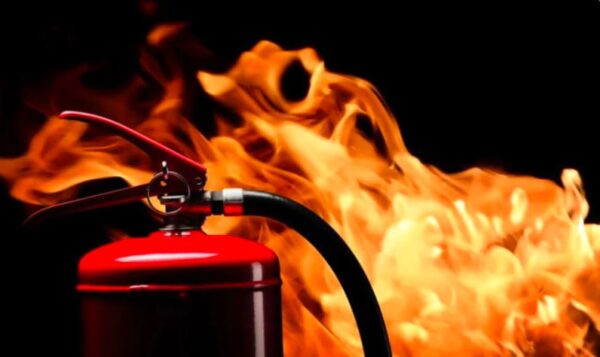A team of engineers at the University of California Riverside developed liquid fuel that only ignites when electric current flows through it, helping to limit fires.
The flammable nature of fuels makes fires a major risk for this industry. Chemical engineers at the University of California Riverside developed fire-resistant liquid fuel to help reduce the risk of unintended fires during storage or transportation, Interesting Engineering reported on October 4. The findings of the study were officially documented in the Journal of the American Chemical Society.
Flame retardant liquid fuels can help reduce the risk of fires. (Photo: D-Keine/iStock)
New fuel can only ignite when an electric current passes through it. “The type of fuel we often use is not very safe. It evaporates and can catch fire, and that fire is very difficult to extinguish. It would be much simpler to control the flammability of the fuel and prevent it from burning.” by removing the voltage,” said Yujie Wang, a chemical engineering graduate student at the University of California Riverside and study co-author.
The new fuel is derived from an ionic solution, a type of liquid salt. “It’s similar to the salt we use to season food, sodium chloride. The type we used for this project has a lower melting point than table salt, a low vapor pressure, and is completely organic,” Wang said.
To develop this fuel, the team changed the formula of the ionic solution by using perchlorate instead of chlorine. They then tested whether the new solution would burn when exposed to fire from a lighter.
As a result, the fuel does not ignite. “The temperature from a normal lighter is high enough, and if it wanted to burn, it would have burned,” Wang explains. Typically, fire breaks out when flammable fuel turns into gas, in the presence of oxygen at high temperatures.
The team then evaluated the efficiency of the new fuel with voltage testing. In this case it burned.
“When we cut off the current, the fire disappeared. We could repeat this process many times, apply voltage, see smoke rise, ignite the smoke so it ignites, then turn it off. We’re very proud I was excited to discover a mechanism that I could start and stop very quickly,” Wang said.
Another interesting point of this improved ionic solution is its ability to mix with conventional fuel while still retaining its original properties. “But more research is needed to find out what percentage can be mixed and still maintain fire resistance,” study co-author Michael Zachariah shared.
In theory, ionic liquid fuel can be used for many different vehicles. However, the fuel is still in its infancy and more testing is needed before it can be released to the commercial market. Most important are the tests involving a variety of engines to test the adaptability of the new fuel and evaluate overall efficiency.











